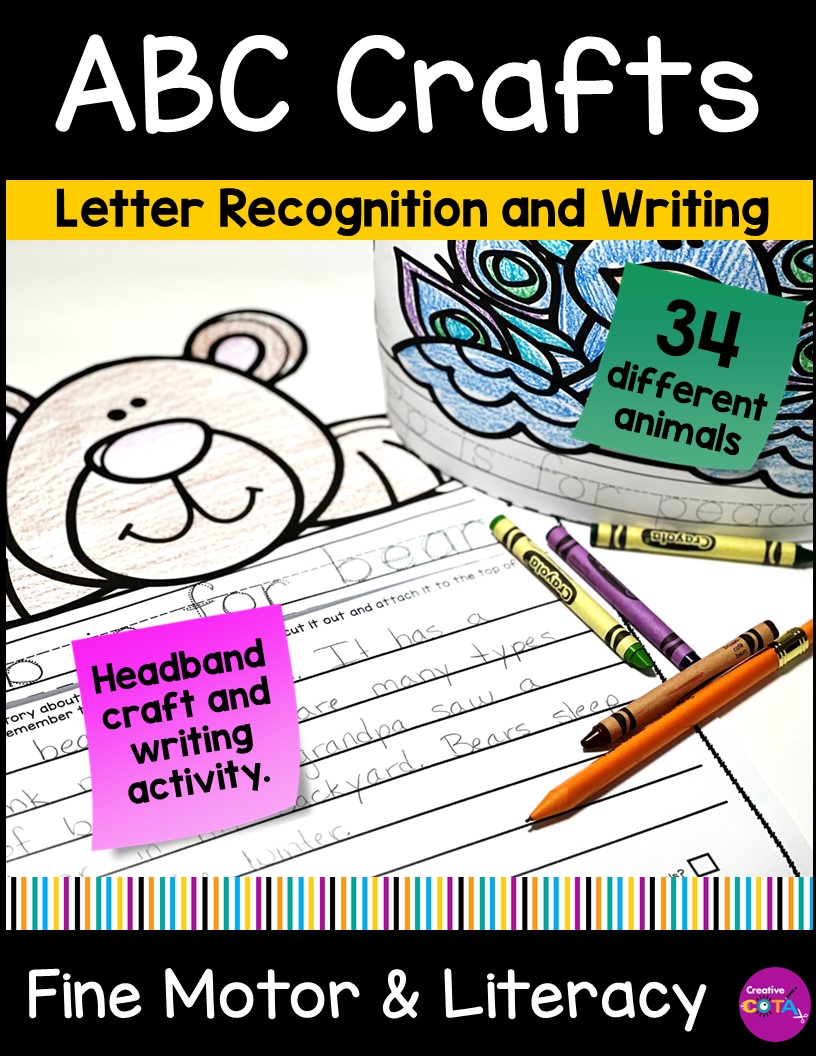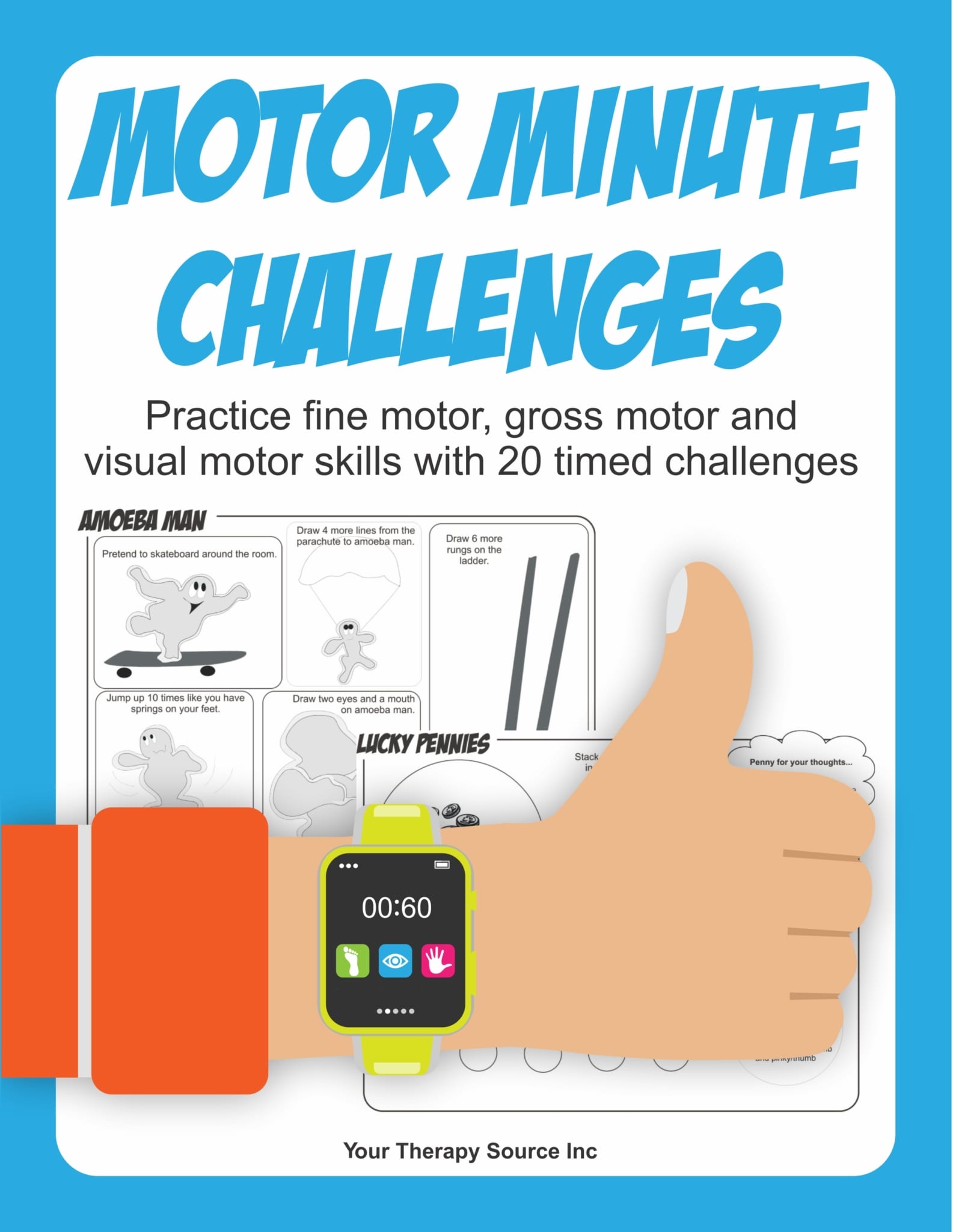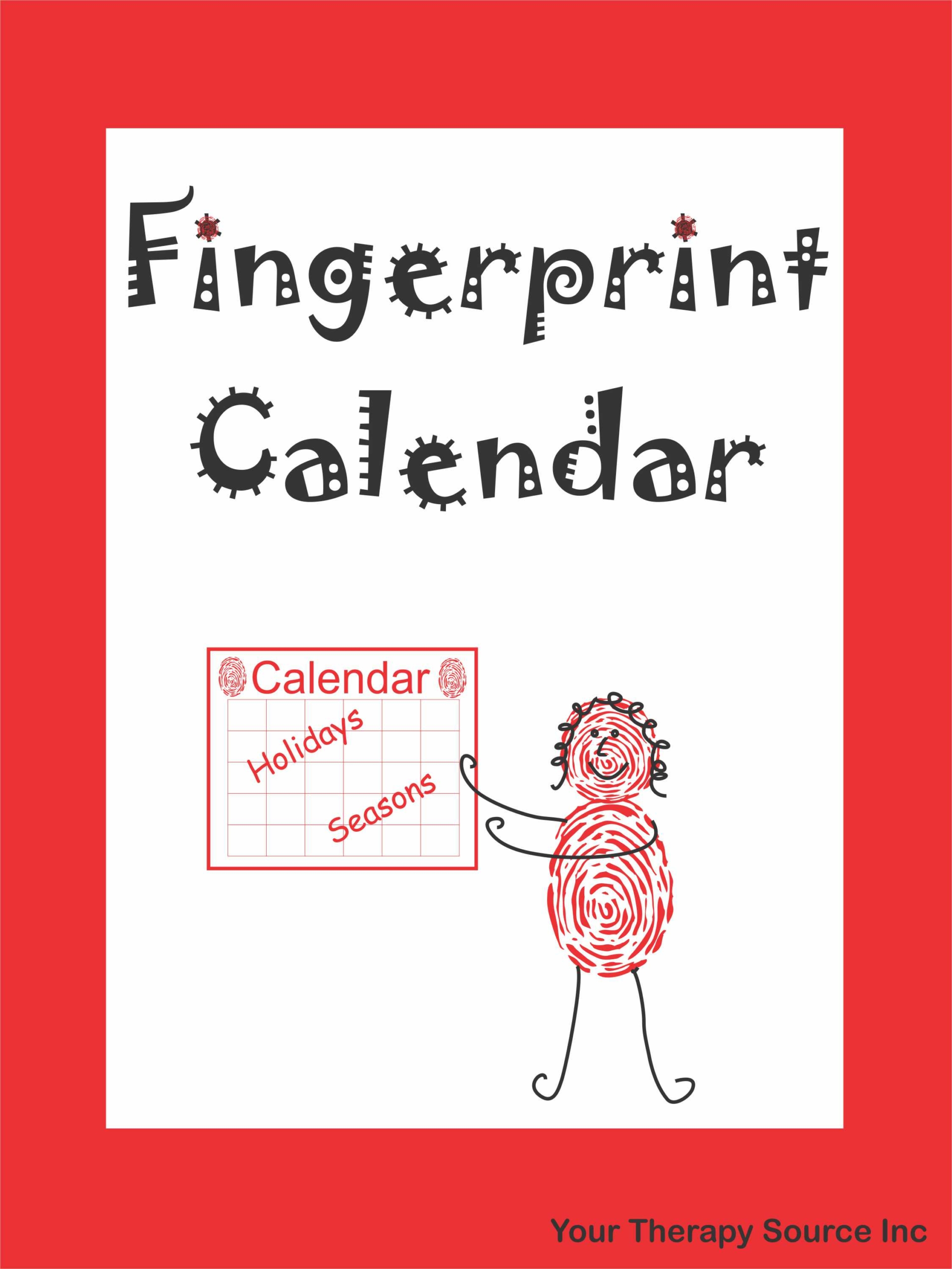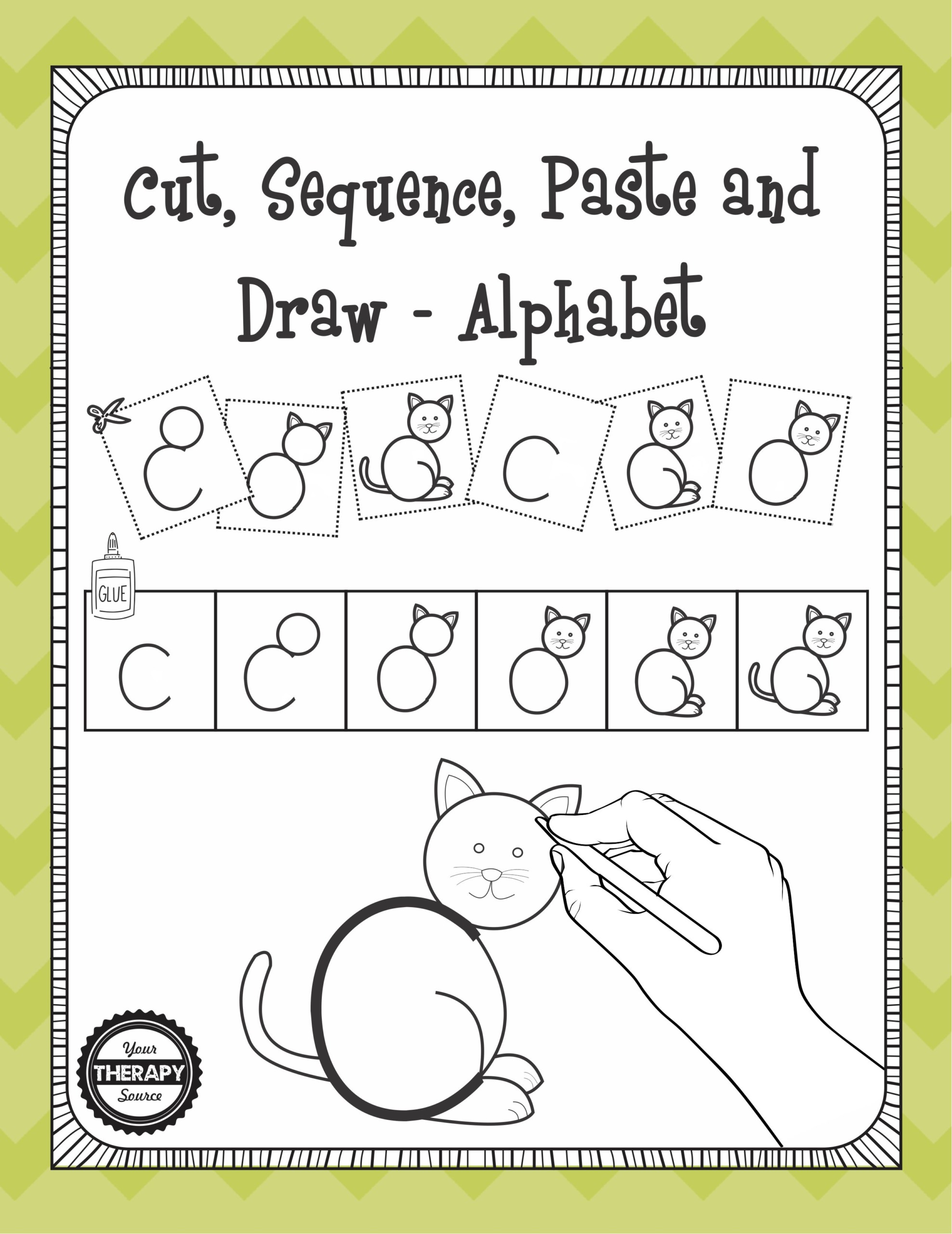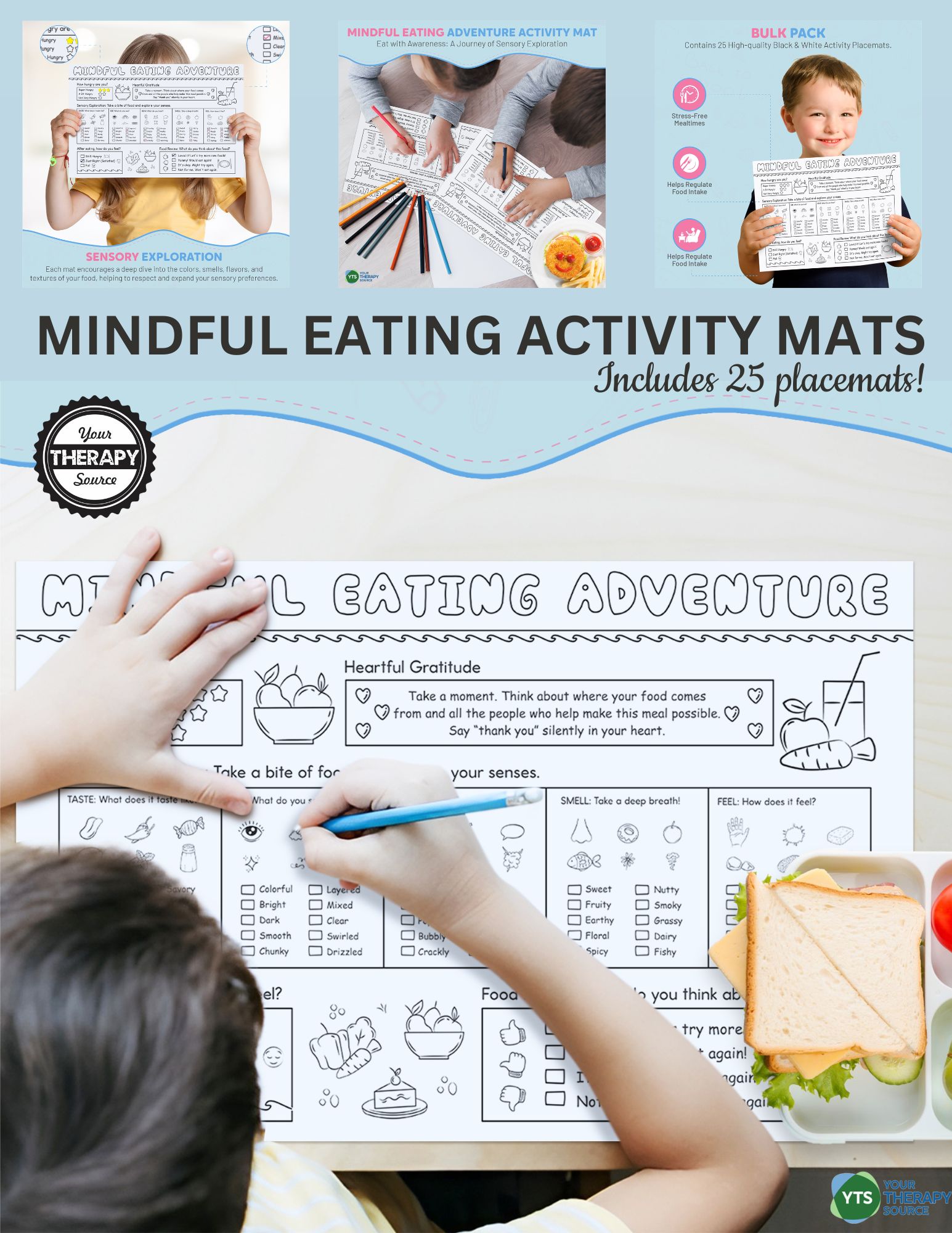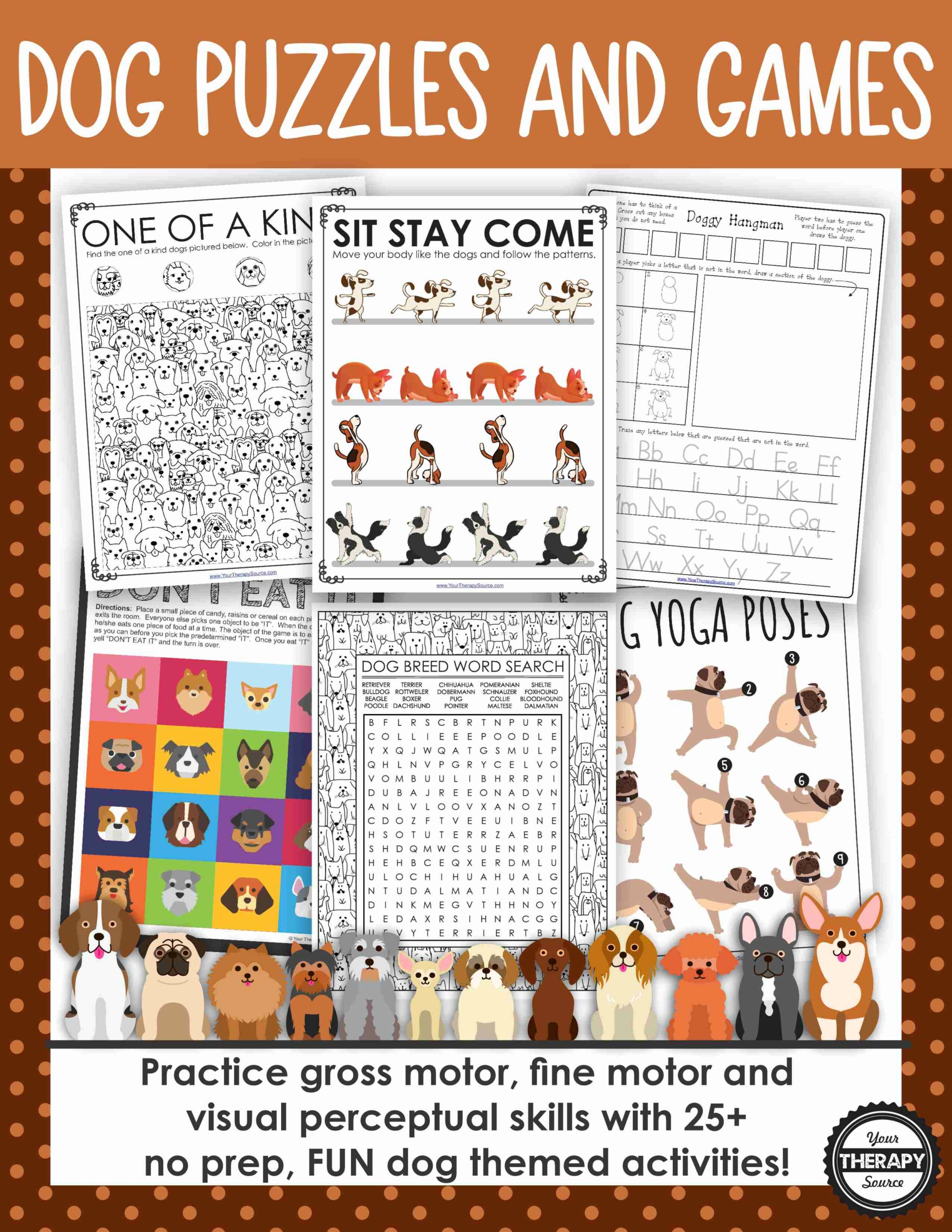Description
Animal Literacy Crafts are innovative and engaging activities designed to aid students with fine motor skills, beginning letter sounds, handwriting, or letter identification. These crafts combine the fun of art with the essentials of literacy education, making learning an enjoyable and creative experience. By incorporating animal-themed crafts into your teaching, you can help enhance your students’ alphabet and fine motor skills in a lively and interactive way.
Created by a certified occupational therapy assistant, the 37 page PDF will be available electronically immediately following payment.
When to Use the Animal Literacy Crafts
These crafts are incredibly versatile and can be used in various educational and therapeutic settings. They are perfect for:
- Teaching letter identification and sounds.
- Improving handwriting through guided practice.
- Encouraging narrative writing and creative expression.
- Assisting in occupational therapy activities.
- Keeping early finishers engaged and learning.
- Introducing a letter-of-the-week in a fun way.
- Counting down to the end of the school year with a creative twist.
Animal Literacy Crafts are suitable for a wide range of ages and skill levels, making them an excellent resource for differentiated instruction. Whether in a classroom setting or for at-home learning, these crafts provide a hands-on approach to literacy that children will love.
What Is Included in the Animal Literacy Crafts
The Animal Literacy Crafts package comes with an array of materials and activities to ensure a comprehensive learning experience:
- 35 different animal templates, including Alligator, Bear, Cat, Dolphin, Eagle, and many more.
- Writing pages that can be used with the animal crafts for creative writing exercises.
- Activities designed to cater to various learning needs, from simple tracing of letters to composing sentences or paragraphs about the animal.
- Directions for use, recommending printing on card stock for added durability and ease of crafting.
Occupational Therapy Tip: Use a multisensory approach when teaching letter identification and formation. Describe the steps of letter formation with words. Pull down, trace up, push across… Write in sand or shaving cream. Have students write their letters in the sky or on each other’s backs. Make letters with playdoh, noodles, wax sticks, or pipe cleaners… The sensory input of letter formation helps develop a motor memory for letter shapes in the brain.
These components not only aid in teaching literacy skills but also help in developing fine motor skills through coloring, cutting, and assembling crafts. The Animal Literacy Crafts are an all-in-one solution for making learning letters and writing both fun and educational.

